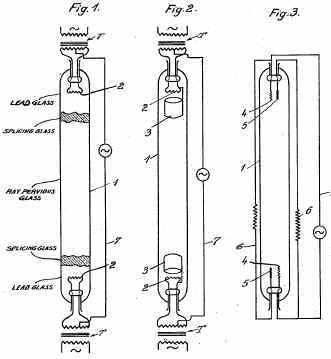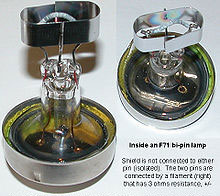What are they?
The linear fluorescent light bulb or lamp is a type of gas-discharge lamp. Linear fluorescent bulbs come in a wide variety of lengths, diameters, wattages, and color temperatures. They are known for high energy efficiency, long life, and relatively low cost.
Where did they come from?

The early history of linear fluorescent bulbs mirrors that of other gas-discharge lamps, which have been in use and development since the 1700’s.
In 1934, a team of scientists and engineers at General Electric built a prototype of what came to be the linear fluorescent as we know it today.
The modern linear fluorescent became a commercially viable lighting solution in the late 1930’s, in 1938 the first fluorescent tubes were offered for sale to the public.
Another milestone was crossed in 1951; for the first time in the US, more light was produced by fluorescent lamps than by incandescent lamps.
How do they work?

Linear fluorescent lamps are functionally identical to compact fluorescent (CFL) lamps.
Both are gas-discharge lamps that use electricity emitted from cathodes to excite mercury vapor contained within the glass envelope, using a process known as inelastic scattering.
Phosphors and a noble gas such as argon are also contained within the glass envelope. The mercury atoms produce ultraviolet (UV) light, which in turn causes the phosphors in the lamp to fluoresce or glow, producing visible light.
These lamps do rely on outside power source and regulation from a ballast.
Where are they used used?
Linear fluorescent lamps are one of the most popular lighting solutions in the world due to their high efficiency, low cost, and the extensive range of applications they can be used for. They are the primary light source in most commercial settings and are also used in many household environments. They can be used indoors and outdoors, and using the right accessory equipment they can also be dimmed and used in extreme cold conditions such as freezers and outdoor signs. In short, linear fluorescents can be used almost anywhere.